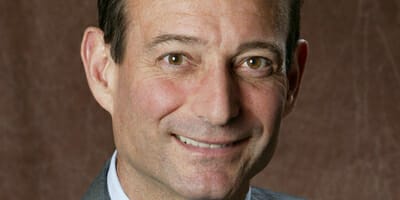“It is in our interests to analyse ESG risk,” argued Douglas Hodge, chief executive of PIMCO in his opening address at PRI in Person, the UN-supported international network of investors working to put the six Principles for Responsible Investment into practice.
Hodge set the scene for the three day conference, where delegates gathered at the biggest PRI event to date, with a medium-term economic forecast that puts ESG principles at the forefront of investment decisions.
Hodge said in the past investors viewed ESG “as unconnected to fiduciary duty” or “a type of investing reserved for the do-gooders” and “investors prepared to compromise.” In today’s changed world PIMCO has embraced ESG investment as intrinsic to its strategy.
“ESG risks are real. They can cause real losses for companies and capital. ESG makes good business sense,” he said.
Hodge described the current investment landscape as “low and flat,” in a nod to low interest rate and flat yield curves.
A new post crisis world is also characterised by heightened volatility, “a tsunami or regulation,” and little chance of a return to pre-crisis growth.
He said developed countries are now confronted by the so-called “3Ds” of debt, deficit and demographic challenges.
“The stock of debt limits extension of credit and ageing populations make creating organic growth very difficult.”
However he adds that banks’ reduced appetite to lend has triggered new sources of funding.
“Historically banks provided most debt finance. Now there is an increasing array of non-bank actors providing funding to the corporate sector.”
Emerging economies aren’t faring any better, with the growth curves in the key emerging economies of Brazil, China and Russia also flat. Although much of the world’s wealth creation has come from emerging markets, “emerging economies are not always stable and remain prone to internal and external disruption factors,” he warns.
With “meagre” investor returns in bonds and equities and a world faced with “more disruption” and “rising demand for natural resources” he urges investors to embed long-term ESG analysis in their decision making.
“ESG investing makes sense.”
It will also be driven by the rising influence of the next generation, he predicts. The millennials have different priorities that pay greater attention to sustainability than their parent’s generation.
“This new generation will want to invest according to their values and beliefs,” he predicts.



